Can You Break the Rules of Composition in Photography?
I’m sure that most of you have heard about the rules of composition in photography. You know, rules such as keep your horizons level and follow the rule of thirds. Well, a question I sometimes hear is, “What will happen if my subject isn’t at a third point?” The short answer is nothing! To be truly creative, you should know how and when to break the rules. In this short article, I want to give you a few ideas for producing creative images, while throwing the rule book out of the window.
هل يمكنك كسر قواعد التكوين في التصوير الفوتوغرافي؟
أنا متأكد من أن معظمكم قد سمع عن قواعد التكوين في التصوير الفوتوغرافي. كما تعلم، هناك قواعد مثل الحفاظ على مستوى آفاقك واتباع قاعدة الأثلاث. حسنًا، السؤال الذي أسمعه أحيانًا هو: "ماذا سيحدث إذا لم يكن موضوعي عند نقطة ثالثة؟" الجواب القصير هو لا شيء! لكي تكون مبدعًا حقًا، يجب أن تعرف كيف ومتى تكسر القواعد. في هذه المقالة القصيرة، أريد أن أقدم لك بعض الأفكار لإنتاج صور إبداعية، أثناء رمي كتاب القواعد من النافذة.
I’m sure that most of you have heard about the rules of composition in photography. You know, rules such as keep your horizons level and follow the rule of thirds. Well, a question I sometimes hear is, “What will happen if my subject isn’t at a third point?” The short answer is nothing! To be truly creative, you should know how and when to break the rules. In this short article, I want to give you a few ideas for producing creative images, while throwing the rule book out of the window.
هل يمكنك كسر قواعد التكوين في التصوير الفوتوغرافي؟
أنا متأكد من أن معظمكم قد سمع عن قواعد التكوين في التصوير الفوتوغرافي. كما تعلم، هناك قواعد مثل الحفاظ على مستوى آفاقك واتباع قاعدة الأثلاث. حسنًا، السؤال الذي أسمعه أحيانًا هو: "ماذا سيحدث إذا لم يكن موضوعي عند نقطة ثالثة؟" الجواب القصير هو لا شيء! لكي تكون مبدعًا حقًا، يجب أن تعرف كيف ومتى تكسر القواعد. في هذه المقالة القصيرة، أريد أن أقدم لك بعض الأفكار لإنتاج صور إبداعية، أثناء رمي كتاب القواعد من النافذة.

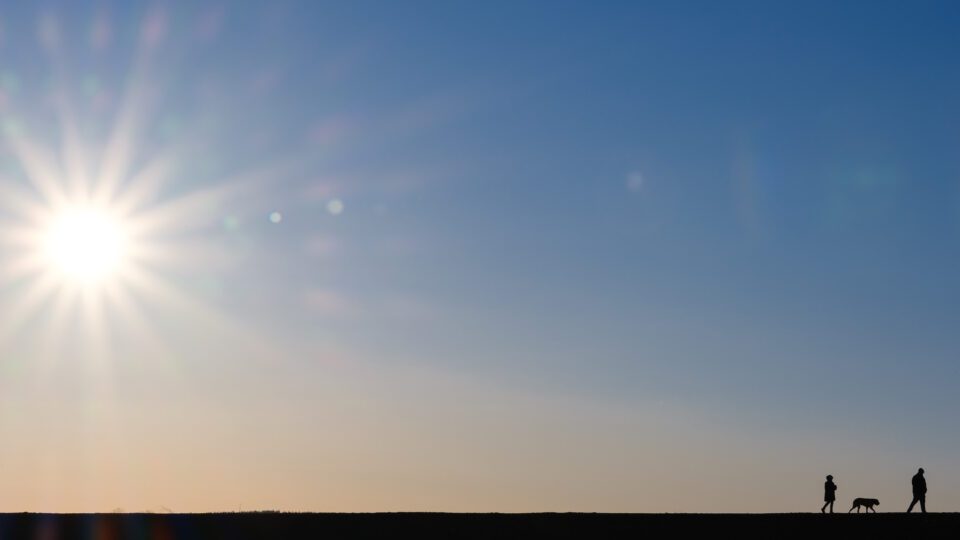
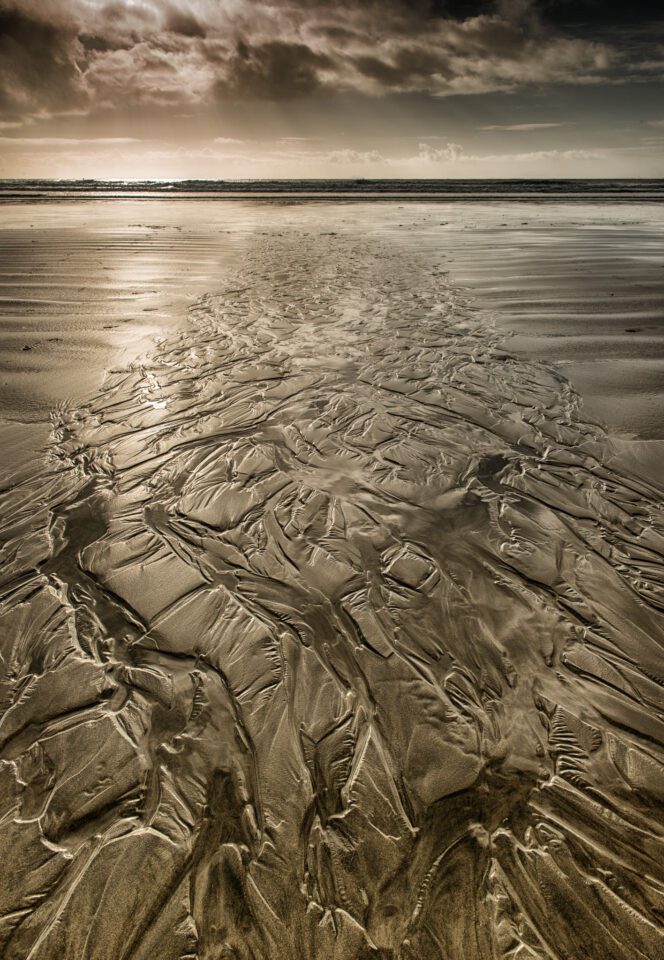
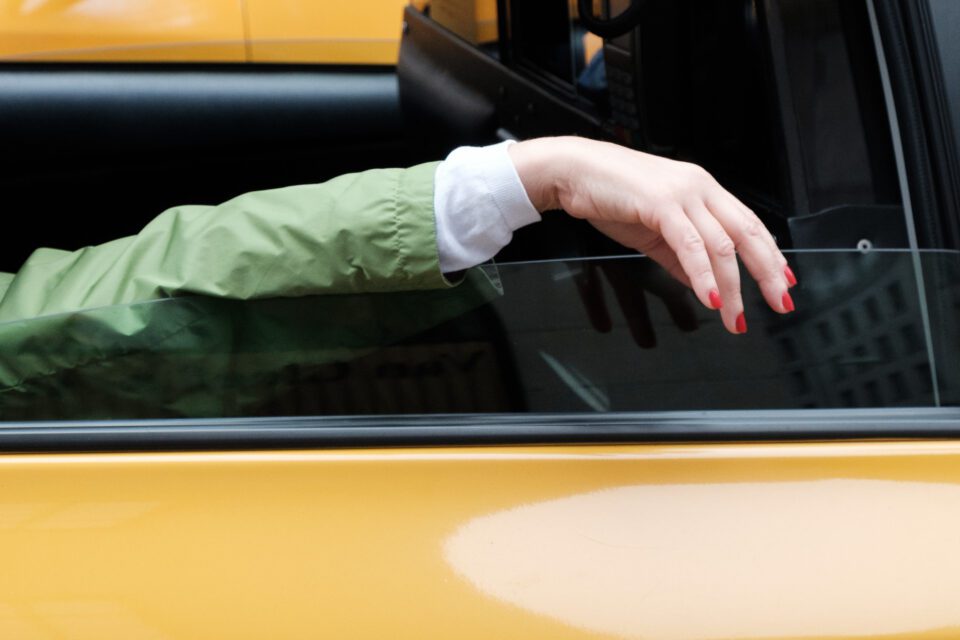
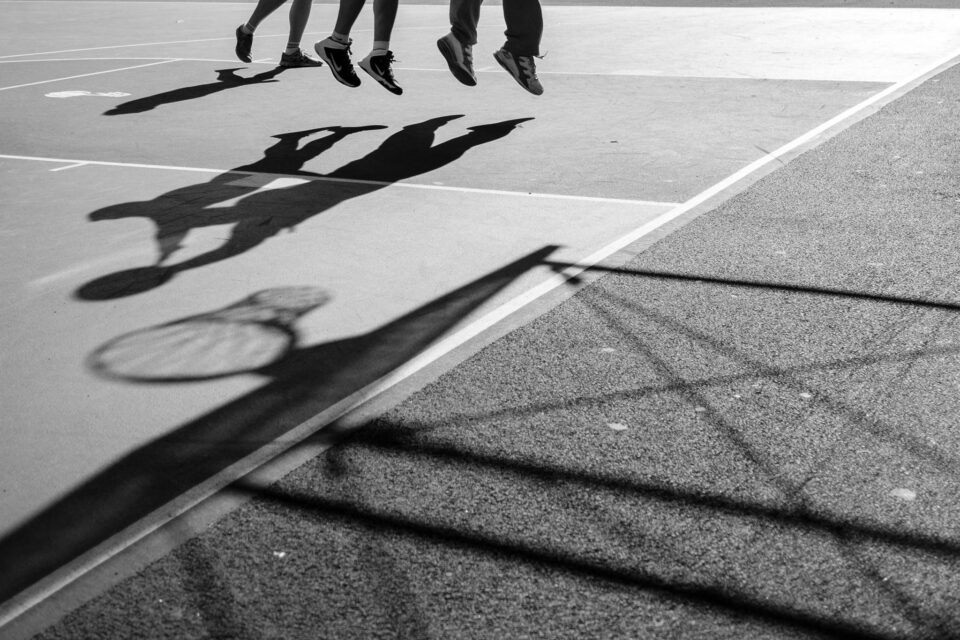
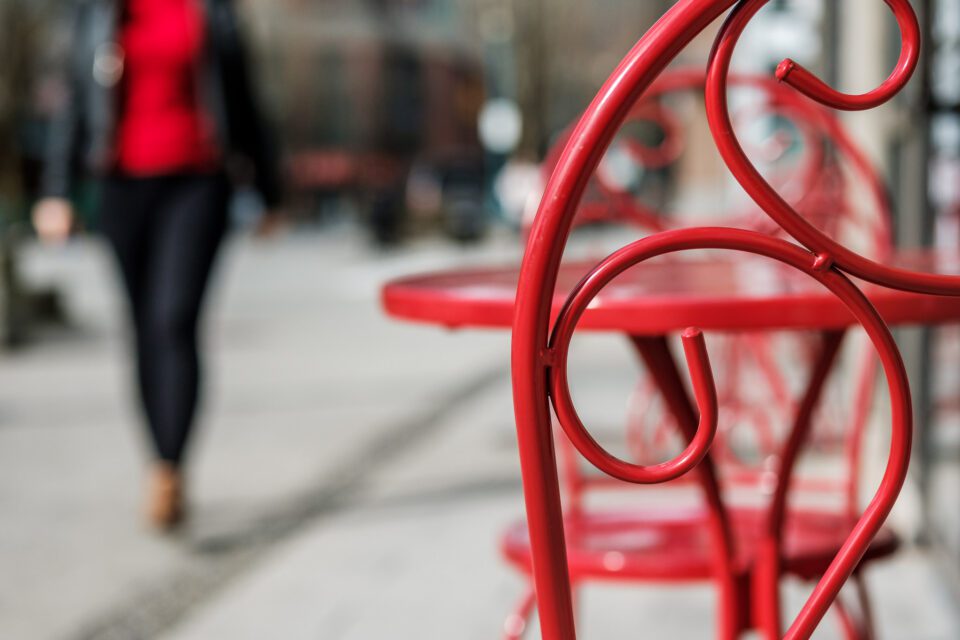
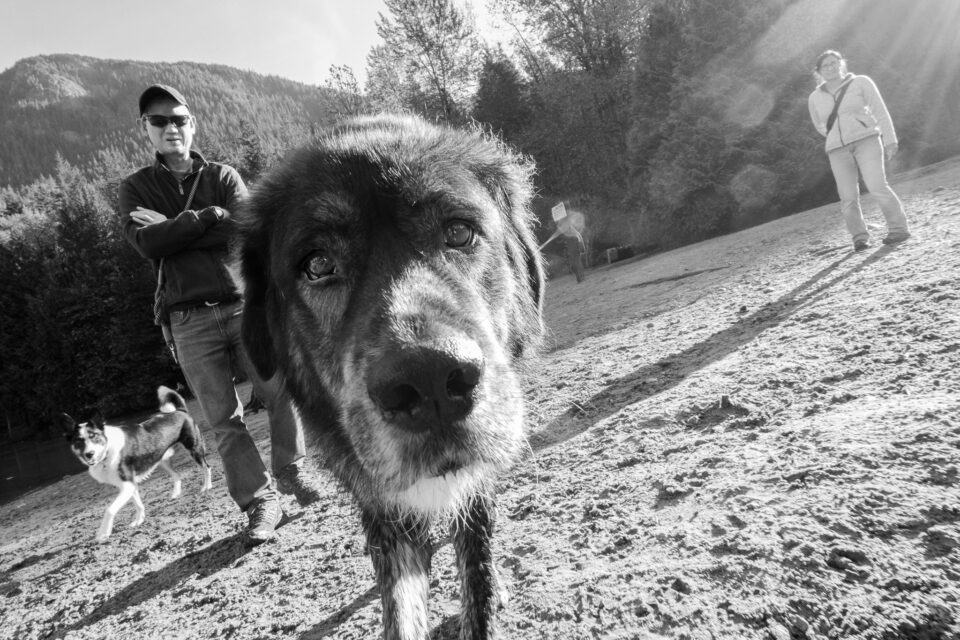

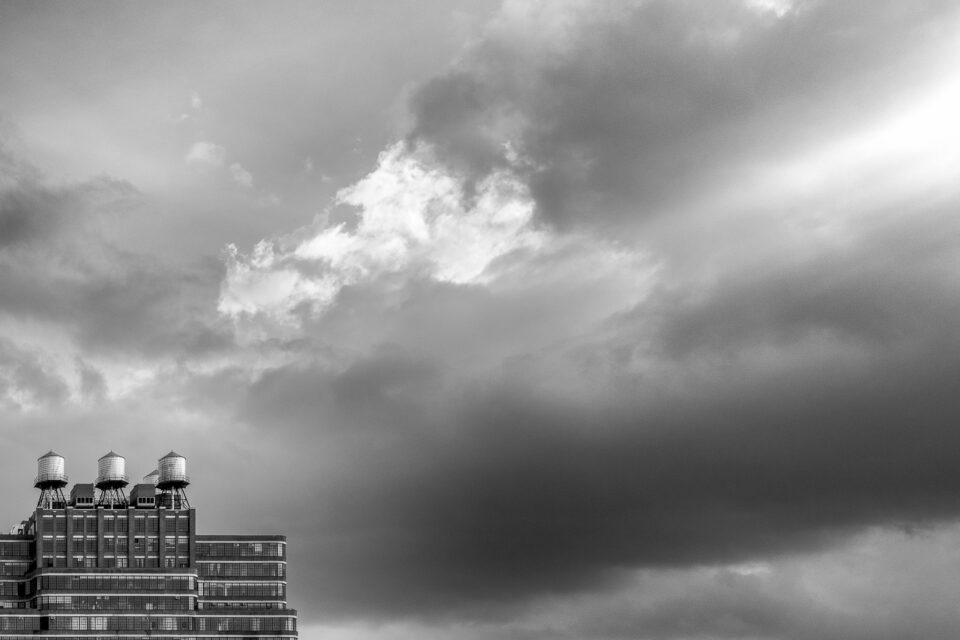


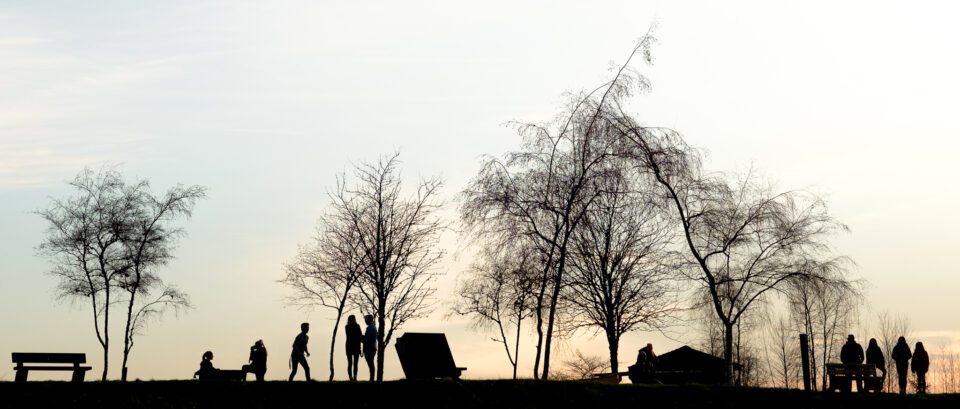
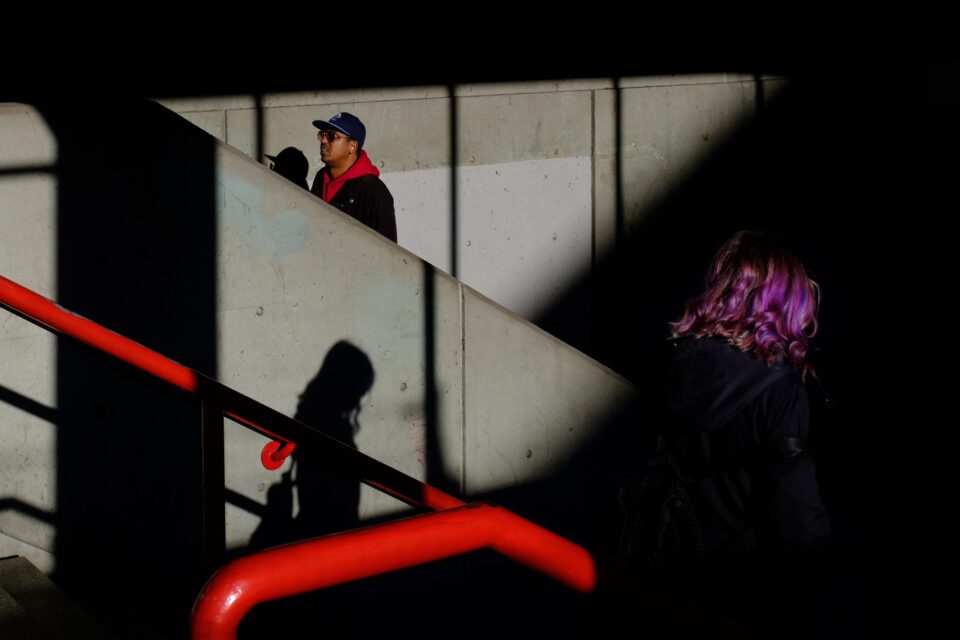
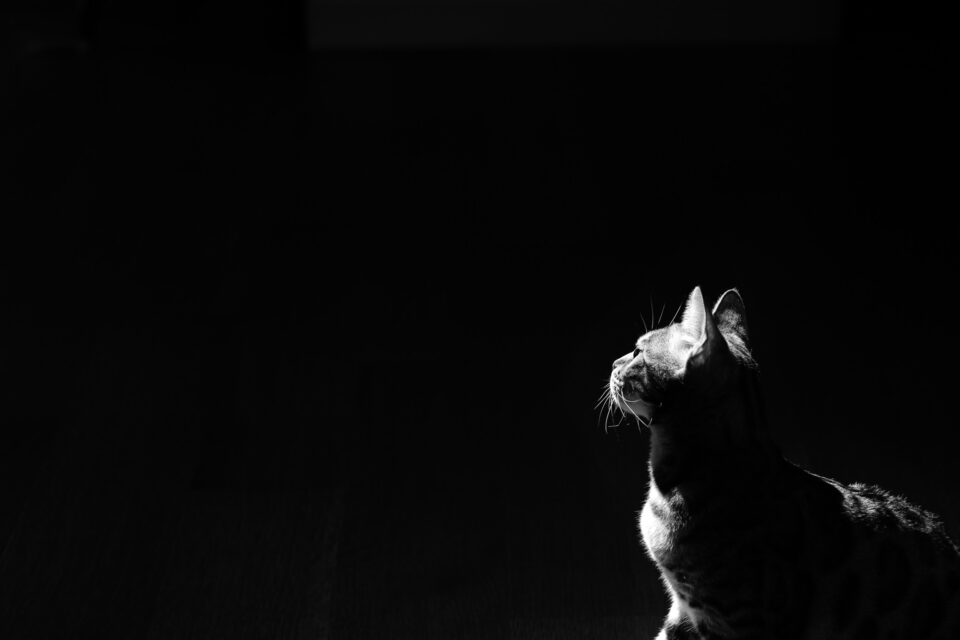
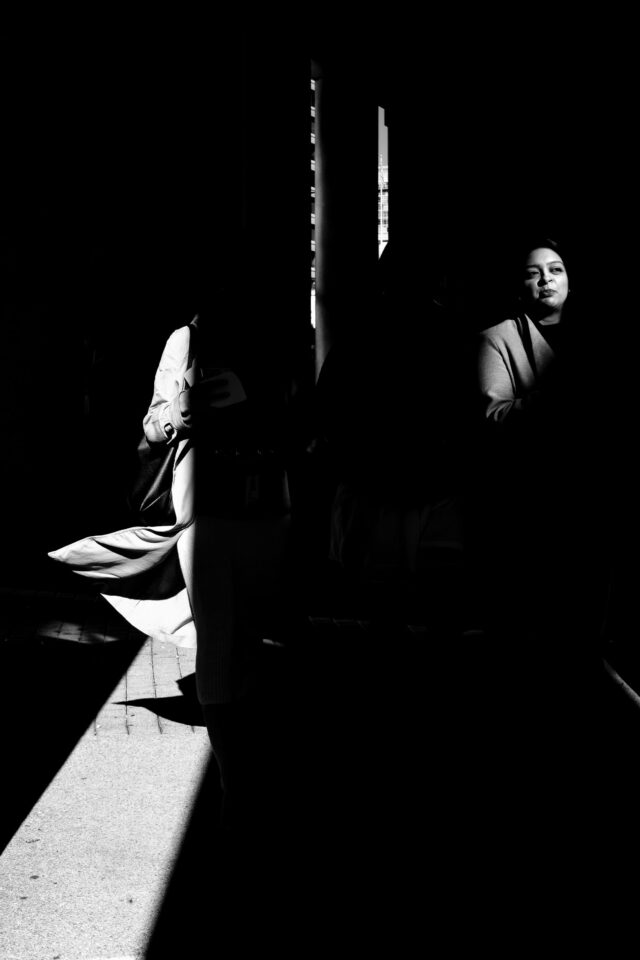
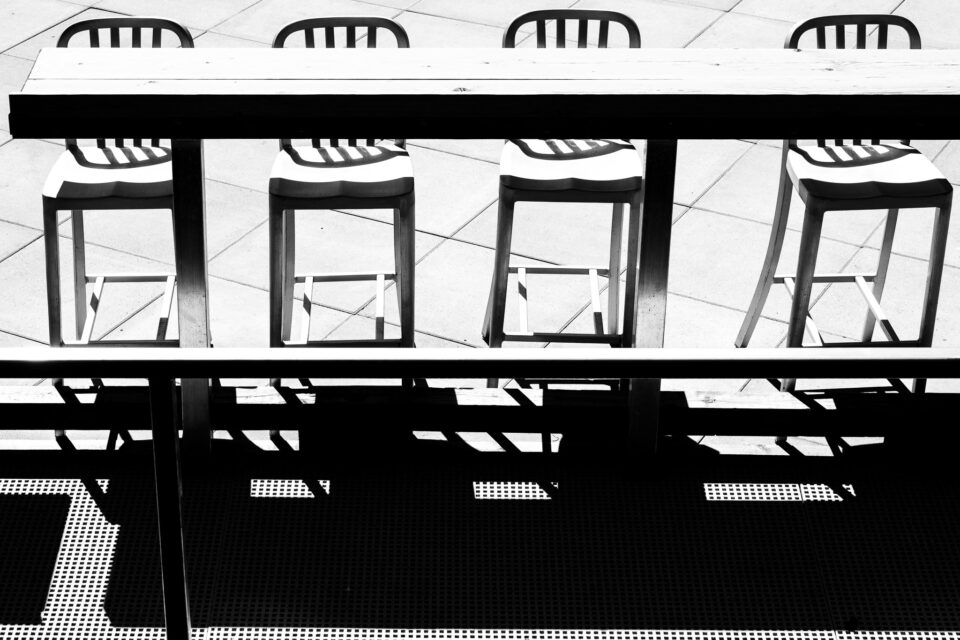
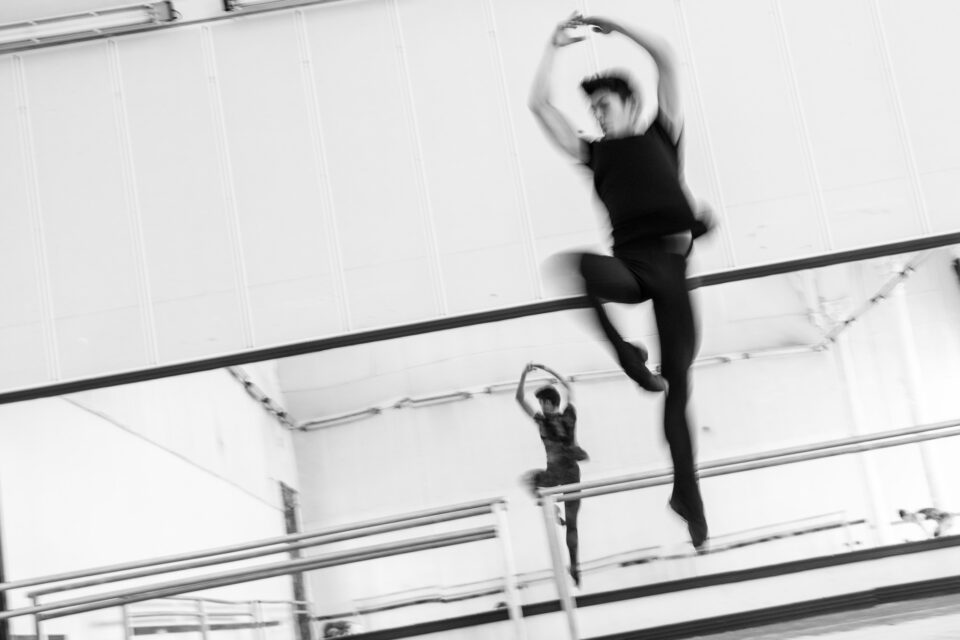
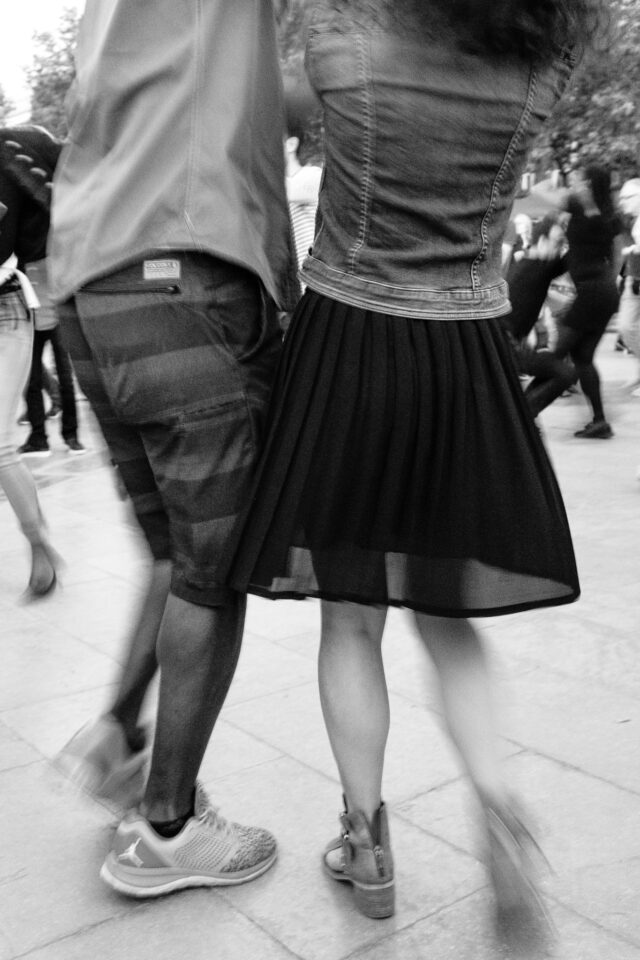

تعليق